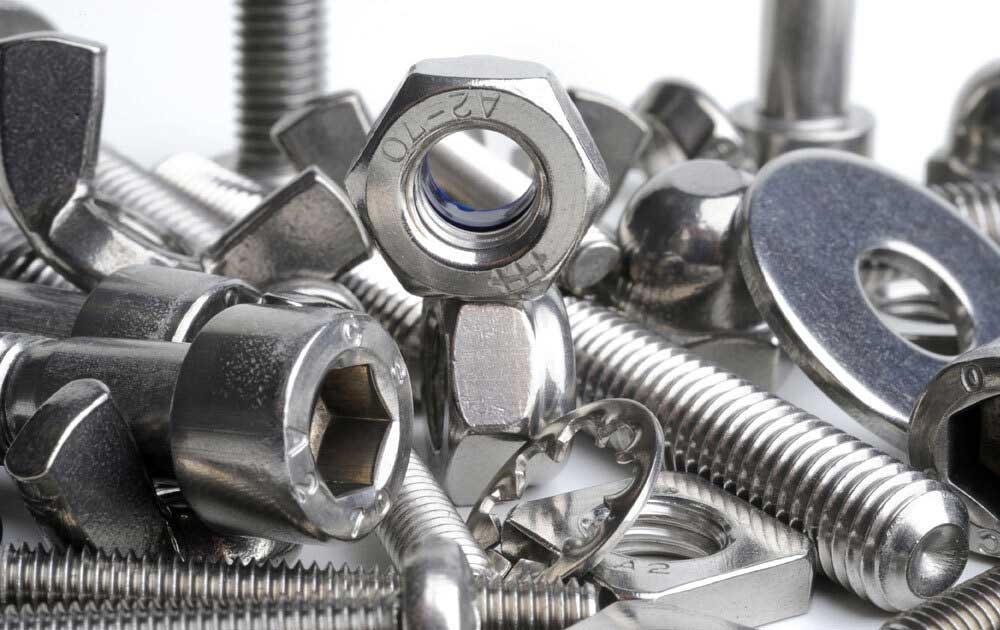Stainless steel fasteners with exceptional qualities and the ability to be recycled and the resistivity of corrosion help this material to work efficiently in wide applications. These stainless steel fasteners also work under harsh conditions. The life of stainless steel joinery equipment may be extended with proper maintenance.
Here are 7 Tips for Keeping Stainless Steel Fasteners in Good Condition
Choose Fasteners that have a Corrosion-resistant Coating
Abrasive steel fasteners tend to accumulate tiny particles that can damage the protective chromium oxide coating, making the fastener discolored and rusted. Stainless steel fasteners, on the other hand, will corrode less easily because they have a smooth surface. If you are concerned about corrosion, choose stainless steel fasteners that have been electroplated.
Should use Proper Stainless Steel Grade
The life span of fasteners depends on the quality of grade we use. So stainless steel has several types of grades of which 304 and 316 are the most common grades. Also, 316 grade is not that much affected by tarnishing. The fasteners should be used in humid environments such as coastal environments or on boats and marine applications especially grade 316.
No Possibility of Contamination
Stainless Steel 304 Fasteners get contaminated working tools which leads to rusting. Using tools made of materials suitable for preventing corrosion and using stainless steel fasteners will help you avoid corrosion. To avoid contamination on the job site, wrap stainless steel fasteners in plastic.
Avoid Contact with Other Metals as Much as Possible
Corrosion by galvanic action occurs when dissimilar metals come in contact and cause a corrosive reaction. Galvanic corrosion is more likely in wet stainless steel fasteners. To reduce the possibility of rust, use rubber or nylon separators to protect other metals from coming into contact with stainless steel.
Reduce Rainwater Exposure
Stainless steel is protected by a layer of chromium oxide from corrosion by pollutants. As a result of the iron in the stainless steel reacting with oxygen, the fastener rusts. By exposing steel fasteners to rainwater, contaminants may be washed away and the protecting oxide layer coating can be restored. For corrosive locations where rainwater will not be present, use corrosion-resistant stainless steel, and choose fasteners with a smooth surface or electro-polished fasteners.
Regular Lubrication is Required
When working with stainless steel fasteners, galling, which happens when the threads stop up, is a serious concern. Nyloc nuts, as well as large threaded fasteners, are more prone to thread lockup. Lubricate threads regularly to keep them from locking.
Keep a Routine Deep Cleaning
Regular cleaning will help to extend the life span of stainless steel fasteners. Moisture content control may aid in removing contaminants as well as the protection of stainless steel surfaces and fasteners against corrosion. Remove dust and dirt regularly to keep maintenance, as well as the expenses connected with it.

